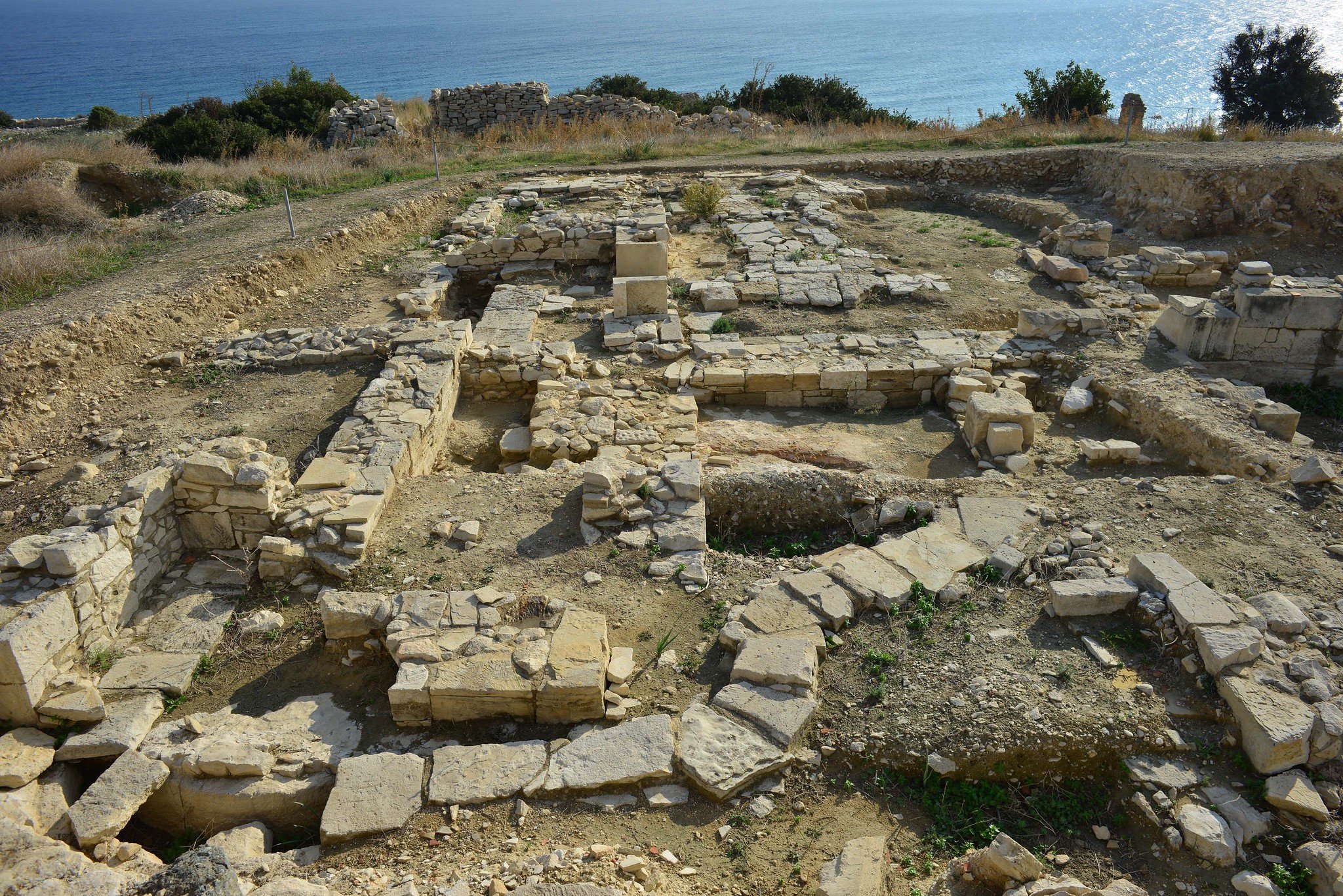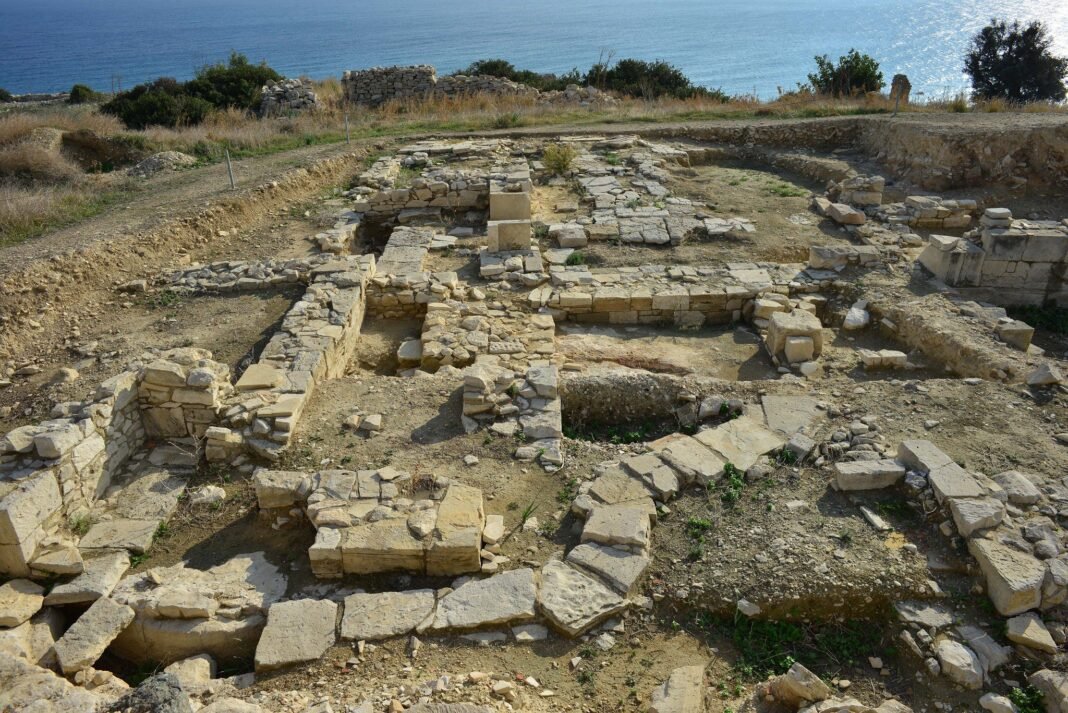
Cyprus’s Deputy Ministry of Culture’s Department of Antiquities has announced new findings from excavations at the Amathus (Greek: Ἀμαθοῦς) Palace, one of the island’s most significant archaeological sites. The campaign, conducted from June 16 to July 4, 2025, was directed by Thierry Petit, professor at Laval University in Quebec City, and Jean-François Guay of the French School of Athens.
Archaeologists focused on exposing the northeastern corners of two rooms from the palace’s first monumental phase, which dates to the late 9th century BC. The discovery sheds new light on the layout of what is now recognized as the oldest known Iron Age palace in Cyprus.
Two excavation zones yield key findings
Two new excavation areas, identified as Zone 35 and Zone 36, were opened to pursue this objective. In Zone 35, researchers uncovered an extensive limestone paving.
The footprint of the slabs left enough open space to the north, confirming the existence of a junction for the northern room, identified as Room XV east. Excavation at this location reached the bedrock, where the carefully cut rock revealed the original placement of the missing walls.
Zone 36 provided evidence of the northeastern corner of the southern room, identified as Room V. Although much of the structure had been dismantled down to the rock, sections of two walls were preserved in several layers.
Together, these findings allowed researchers to reconstruct the ceremonial gallery of the palace’s first phase, along with its annex, for the first time.
The study focuses on pottery and other artifacts
Following the excavation, a separate study campaign ran from June 16 to July 24, 2025. This phase was supervised by Antigone Marangou, professor at the University of Rennes 2, and Petit. Researchers examined artifacts unearthed during earlier campaigns, with a focus on Attic black-figure and red-figure pottery.
Louise Detrez, curator at the Cabinet des Médailles of the Bibliothèque nationale de France, determined that the ceramics spanned from approximately 570 to 550 BC to the mid-4th century BC. The collection is considered the most significant of its kind found on the island. Among its standout pieces is a large volute krater, which experts compare in quality to the renowned François Vase.
Interdisciplinary studies broaden understanding
Additional studies addressed amphora ceramics, architecture, stratigraphy, Attic black-glazed pottery, Hellenistic slipware, and terra sigillata. Specialists also analyzed soil, charcoal, plant remains, and textile fragments to further place the palace’s cultural and economic context.
These discoveries contribute to ongoing efforts to map and interpret Amathus Palace, offering valuable insights into early monumental architecture and Iron Age society in Cyprus.


